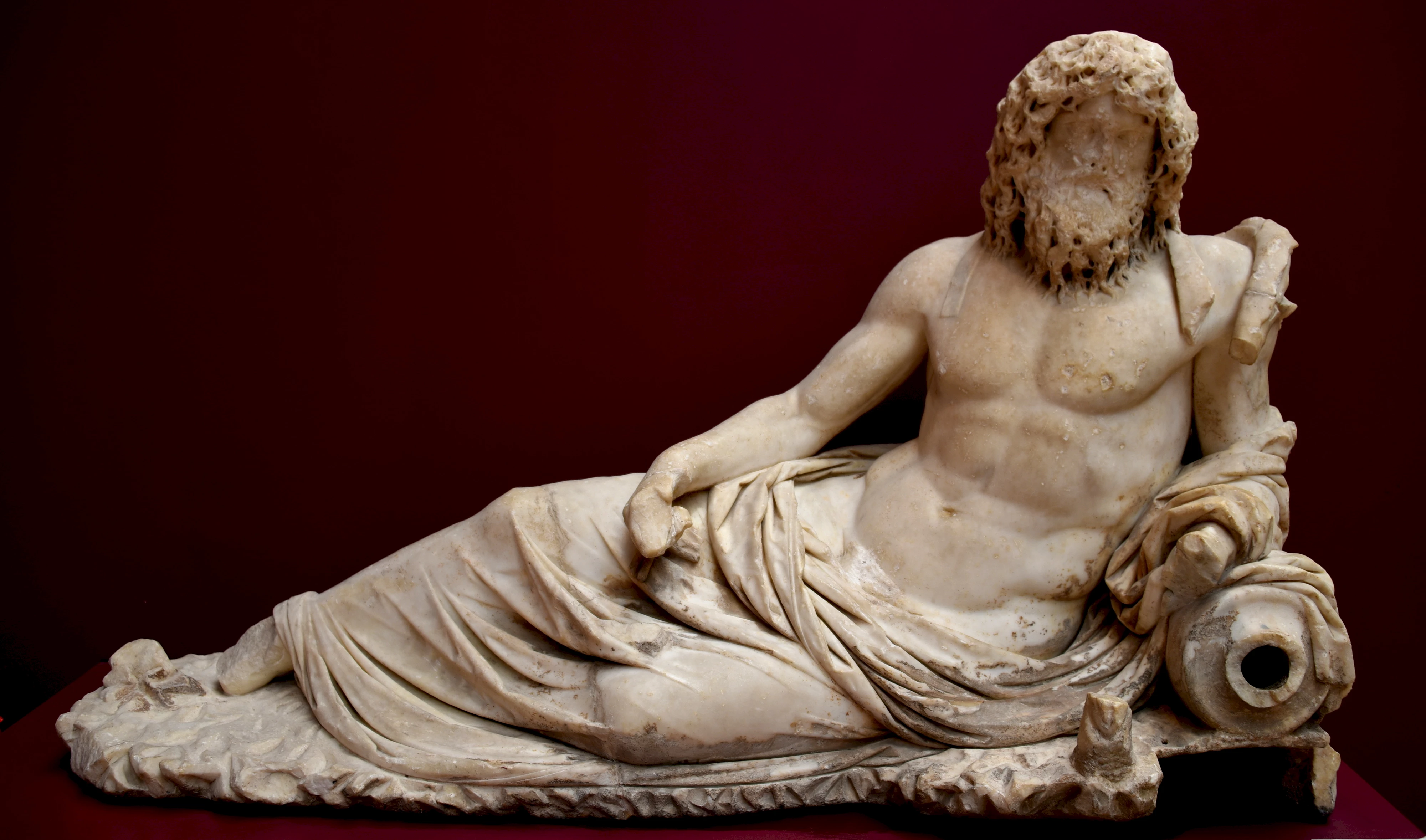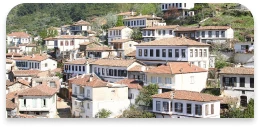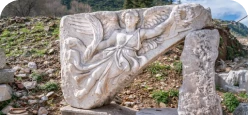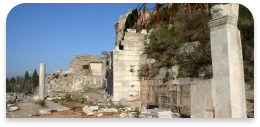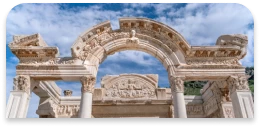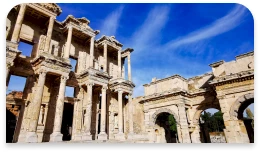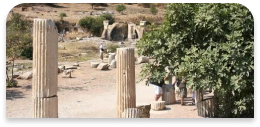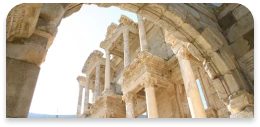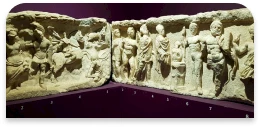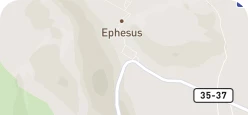Port of Ephesus
Ephesus was one of the leading trading cities in the Roman World. The city was located by the Aegean Sea and used to have a busy port in the Antiquity. Ephesus Port was known to be ''the Gate by Which the West Visited the East''. Strabo, in a passing reference, speaks of Ephesos as the largest trade center, of Asia Minor and the most important link in the trade between East and West, a major center connecting Italy and Greece with Asia Minor. The great port created a big city with over 250,000 inhabitants in Ephesus during the Roman time.
There were three major roads from the Ephesus seaport; one road went south to the Meander Valley, another east towards Babylon via Laodicea, and a third to the north via Smyrna.
However, today, the ruins of Ephesus are quite far from the shoreline, and the once busy Port of Ephesus is completely covered with soil and dust as it was successively filled up with debris and deposits from the ancient Caystros (Küçük Menderes) River. Cayster River floodplain has been prograding seaward since mid-Holocene time and silting up of the port caused by the river is the main reason why Ephesus fell into decline and gradually abandoned over years. The area around Ephesus and the harbor turned into a swamp. Mosquitoes increased more and more. A series of malaria epidemics decimated the population and the Ephesians abandoned the city almost in one hundred years. Instead of settling in Ephesus again, they found a new port city for themselves and they called there “Scala Nuova” which means a new port.

Life is still going on in Scala Nuova and it is one of the most popular Mediterranean ports in modern day and called as Kusadasi. Every day in summer cruise ships dock to Kusadasi port and many cruise guests love to visit old port city Ephesus which is inland.

